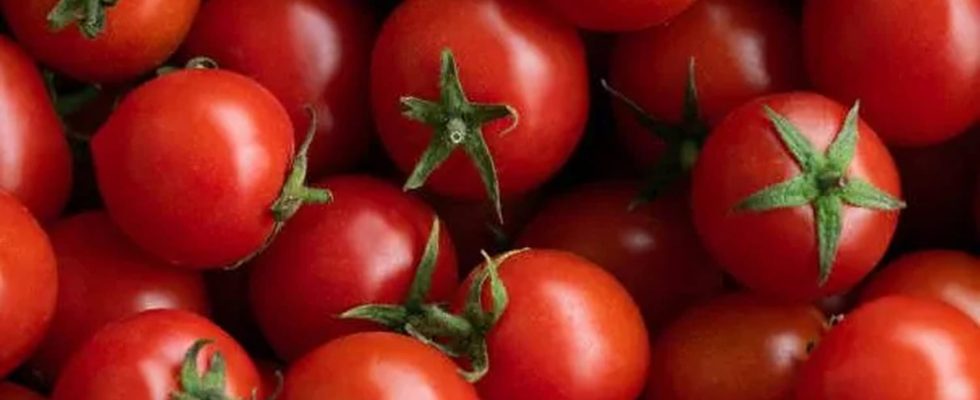The contaminated tomatoes were traced to wholesalers in Germany, the Netherlands and Spain, and to tomato growers in the Netherlands, Spain and Morocco.
- Salmonella outbreak, potentially caused by cherry tomatoes, kills one and nearly 100 cases in Europe
- The first case was reported in France on August 22, 2022 and the most recent case on June 24, 2023 in Sweden
- Four hospitalized in salmonellosis outbreak after eating salad at Granada bar
The European Center for Disease Prevention and Control (ECDC, for its initials in English) reported 92 cases of ‘Salmonella Senftenberg’ since August 2022, which could be linked to the consumption of cherry tomatoes, according to interviews conducted with those affected. Elsewhere, one of Casa Dani’s establishments in Madrid reopened two months after closing due to an outbreak of salmonella, a disease that occurs after consuming contaminated food that is undercooked or raw.
Specifically, the European body indicates that there have been cases in Austria (5), Belgium (4), Czechia (4), Estonia (1), Finland (12), France (16), Germany (26 ), Ireland (1), Netherlands (5), Norway (1), Sweden (11), United Kingdom (4) and United States (2). A patient died following this viral infection, the symptoms of which can be serious for part of the population. That is why it is essential to follow a series of recommendations so as not to get sick.
Interviews conducted in Austria, Germany, France and Sweden suggest that cherry tomatoes are “a potential vehicle for infection”. The outbreak strain, which had genetic resistance to quinolones (antibiotics), was detected in a mixed salad containing cherry tomatoes among other green leafy vegetables, prepared on August 17, 2022 in France.
Salad tomatoes in France and tomatoes suspected of being the source of infections in Austria have been traced to wholesalers in Germany, the Netherlands and Spain, and to tomato growers in the Netherlands, Spain and Morocco. In the absence of microbiological tests on tomatoes, it was not possible to establish the role of food companies and traced producers as sources of infections and/or points of contamination.
The majority of cases were reported between October 2022 and March 2023, with a decline in the number of affected countries after December 2022. This is why the risk of new infections is currently “low”, according to the ECDC. Symptoms, between 12 and 36 hours after consumption.
The organization recalls that various animals can be reservoirs of ‘Salmonella’, and that humans are generally infected by consuming contaminated food that is poorly cooked or raw. The incubation period and symptoms depend on the amount of bacteria ingested, the immune status of the person and the type of ‘Salmonella’.
Symptoms usually appear between 12 and 36 hours after eating contaminated food. They include fever, diarrhea, abdominal pain, nausea, and vomiting, and symptoms usually last a few days.
Antibiotic treatment is usually not necessary, but due to the effect of dehydration, hospitalization may be required. In rare cases, the infection can be fatal, especially in the elderly and those with weakened immune systems.
